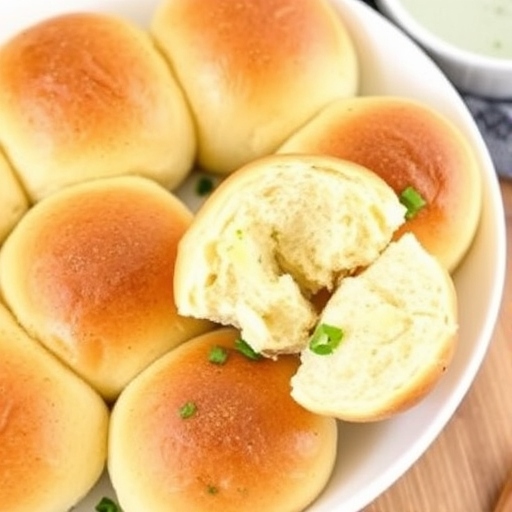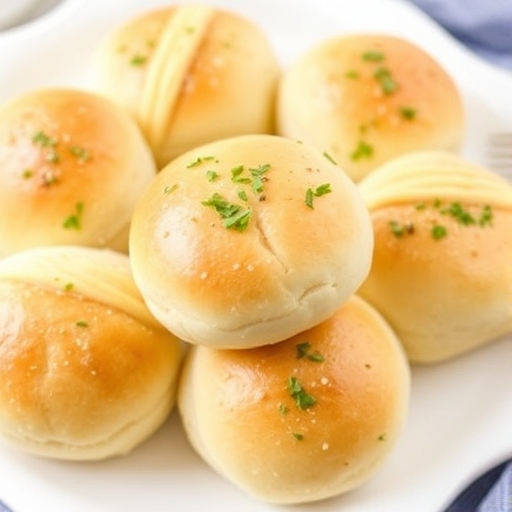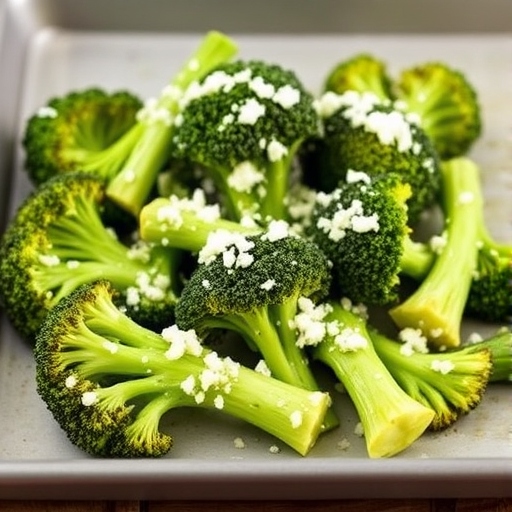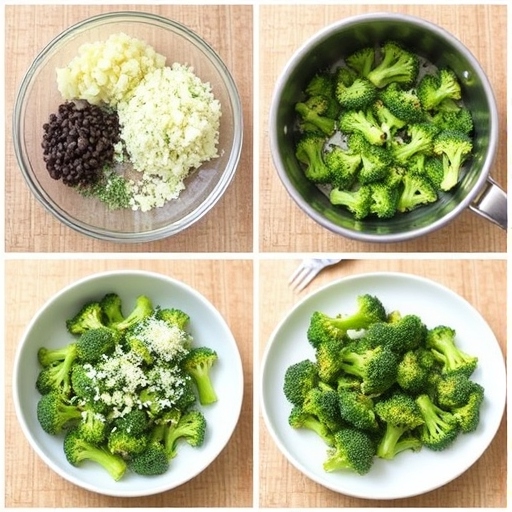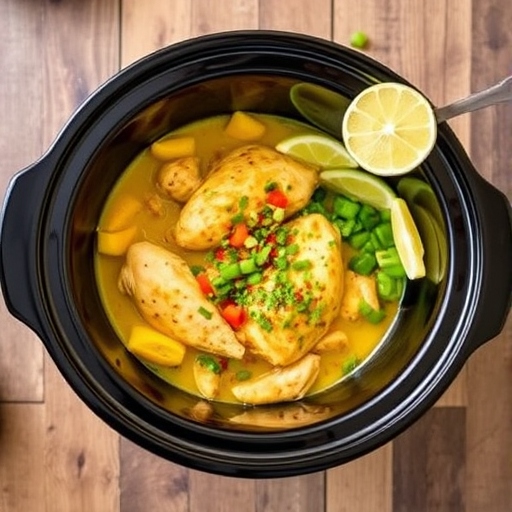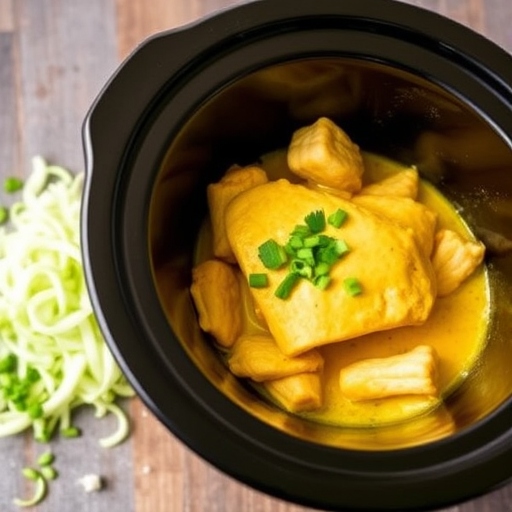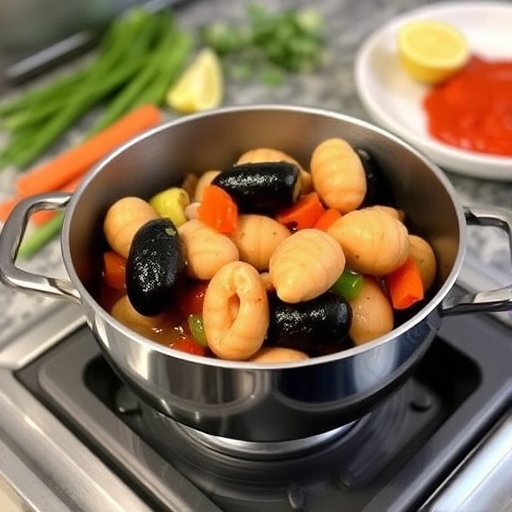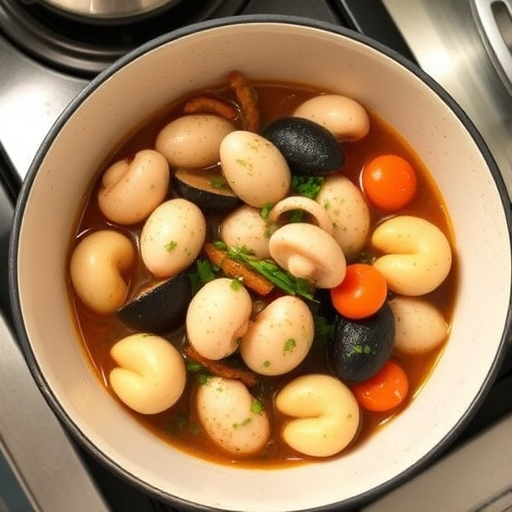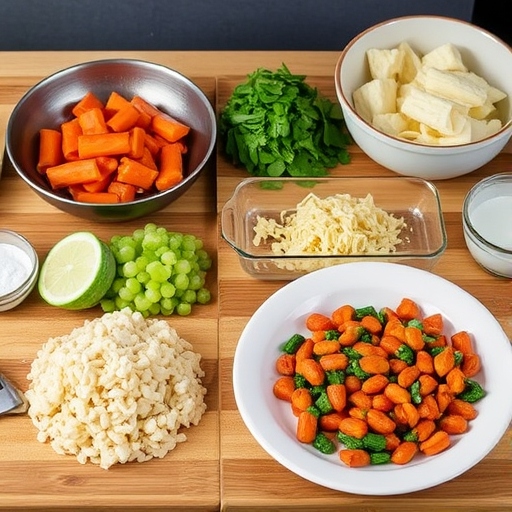This Pear Salad brings together fresh pears, leafy greens, and a tangy dressing for a simple yet elegant dish. It’s perfect for entertaining or a light weeknight meal, combining the natural sweetness of ripe pears with savory and crunchy elements. This recipe celebrates the versatile pear, a fruit that shines in both sweet and savory dishes.
Table of Contents
The Story Behind Pear Salad
Pear salads have been a culinary favorite for ages, originating in European cuisines where fruits were often paired with cheeses and nuts. This salad combines traditional flavors in a modern format, offering a balance of sweetness, acidity, and texture.
The Benefits of Making Your Own Pear Salad
Fresh Ingredients: Homemade salads mean the freshest produce.
Customizable: Adjust the flavors, add your favorite nuts, or experiment with different cheeses.
Nutritional Control: Control sugar, salt, and fats for a healthier salad.
Quick and Easy: Requires minimal prep and is ready in minutes.
Essential Ingredients for the Perfect Pear Salad
Pears: Bartlett or Bosc pears provide a soft texture and sweetness.
Greens: Arugula, spinach, or mixed greens add a peppery contrast.
Cheese: Gorgonzola or goat cheese for creaminess and a bit of sharpness.
Nuts: Walnuts or pecans bring crunch and earthy flavors.
Dressing: A light vinaigrette with honey, olive oil, and vinegar enhances the pear’s sweetness without overpowering.
Cultural History of Ingredients
Pears: Originally cultivated in Asia and Europe, pears are a symbol of health and prosperity in many cultures.
Cheese Pairings: European countries have a long tradition of pairing fruit with cheese, a practice that has expanded worldwide.
Vinaigrette: A French classic, vinaigrettes bring balance and brightness to salads.
Equipment You’ll Need
Salad Bowl: A large mixing bowl to toss ingredients.
Whisk: For combining the dressing smoothly.
Knife: A sharp knife to slice pears thinly without bruising.
Salad Tongs: For gently tossing ingredients together.
Step-by-Step Instructions for Pear Salad
Prepare the Pears: Slice pears thinly, leaving the skin on for added color and nutrients.
Assemble the Salad: In a large bowl, add greens, sliced pears, crumbled cheese, and nuts.
Make the Dressing: In a small bowl, whisk together olive oil, honey, and vinegar, seasoning with salt and pepper.
Dress the Salad: Drizzle dressing over the salad and toss gently to combine.
Serve: Transfer to a serving platter or individual plates, garnishing with extra nuts or cheese if desired.
Suggestions for Serving and Storing
Serving Suggestions: Serve immediately as a light lunch, side dish, or starter for a formal meal.
Storing Leftovers: Store undressed salad and dressing separately to keep ingredients fresh, as dressed salad may wilt quickly.
Refrigerating Pears: Keep pears in the fridge to extend freshness before slicing.
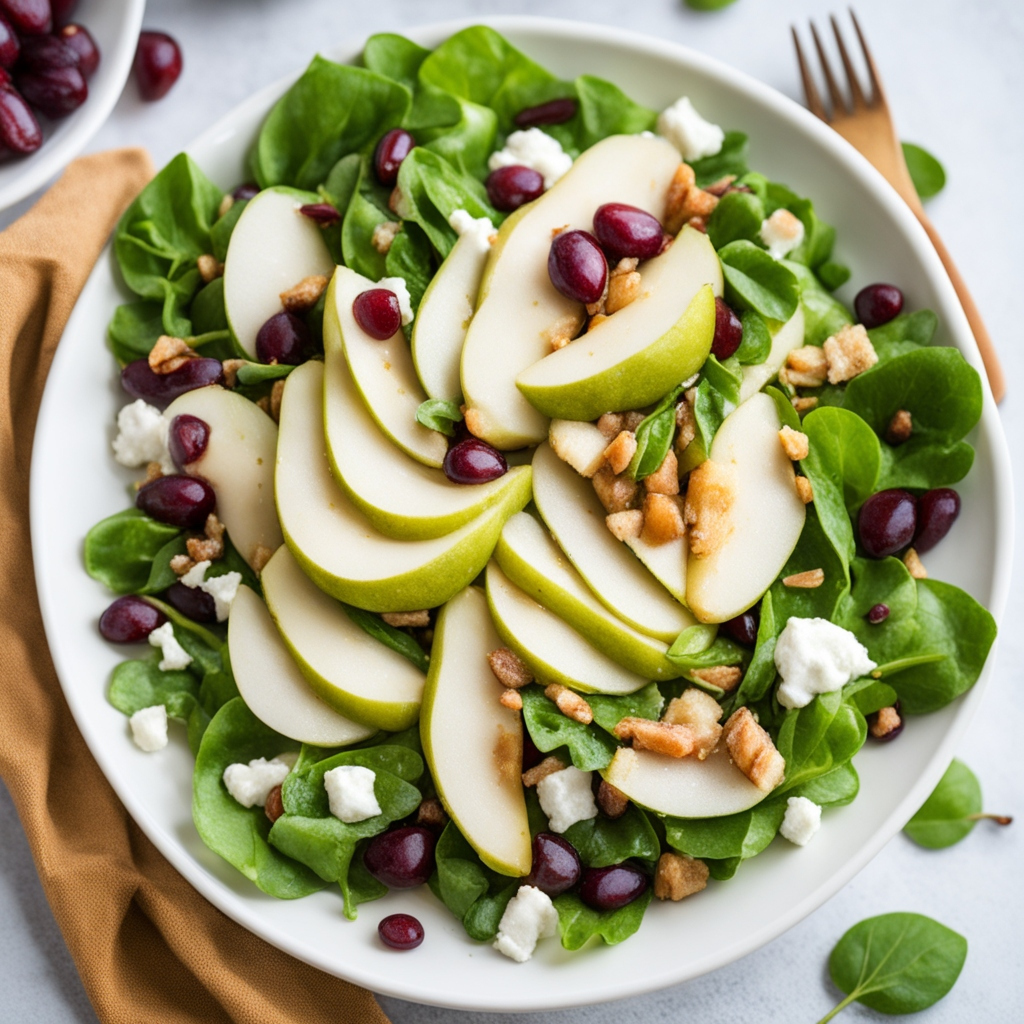
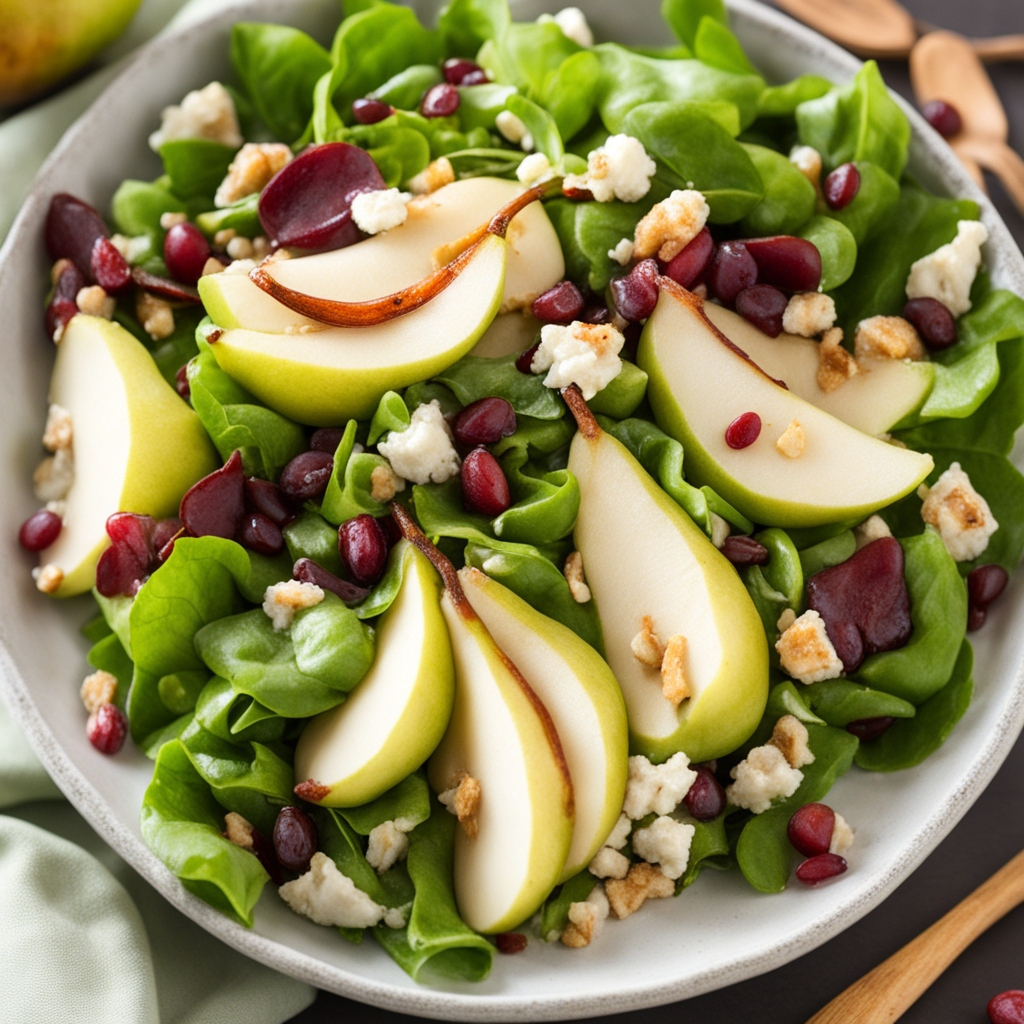
Chef Simon’s Tips for Pear Salad
Selecting Pears: Choose ripe but firm pears for the best texture.
Enhance with Citrus: Add a splash of lemon juice to prevent pear slices from browning.
Roast the Nuts: Toast nuts briefly in a pan for added flavor and crunch.
Emotional and Psychological Impact of Food
Natural Comfort: The sweet, crisp flavors are naturally comforting and satisfying.
Visual Appeal: The combination of fresh greens, pale pears, and vibrant cheese or nuts makes this salad as visually appealing as it is delicious.
Mindful Eating: Salads invite mindful eating, where each bite allows you to appreciate fresh flavors.
Mindful Cooking Techniques
Slice Carefully: Take your time to slice pears thinly and uniformly.
Toss Lightly: Over-tossing can bruise greens and pears, so mix just until combined.
Appreciate Aromas: Notice the sweetness of pears, earthy cheese, and fresh greens while preparing.
Tips for Keeping the Recipe Fresh Longer
Dress Just Before Serving: Add dressing right before serving to keep greens crisp.
Store Separately: Keep pears, greens, and cheese in separate containers if preparing in advance.
Add Lemon Juice: Lightly coat pear slices with lemon juice to prevent browning.
Advanced Culinary Terms and Techniques
Maceration: Lightly marinate fruit (like pears) in a bit of lemon juice or honey to bring out flavor.
Emulsify: Properly whisk dressing ingredients to create a smooth vinaigrette.
Crumbled Cheese Technique: Gently break up cheese by hand for a rustic look rather than using a knife.
Healthy Ingredient Alternatives
Light Cheese Options: Swap gorgonzola for feta or omit cheese entirely for a vegan version.
Nut-Free Version: Use sunflower seeds for similar texture without allergens.
Low-Sugar Dressing: Substitute honey with a low-sugar alternative or omit for a purely savory vinaigrette.
More Serving Ideas
As a Main Course: Add grilled chicken or salmon for extra protein.
Paired with Soup: Serve alongside a warm soup like butternut squash or tomato for a complete meal.
On a Charcuterie Board: Arrange with other small bites for a DIY salad plate at parties.
Common Issues and Solutions
Soggy Pears: Use firm pears and slice just before serving to avoid sogginess.
Overpowering Dressing: Adjust the amount of dressing based on the type of greens; arugula needs less than romaine.
Bitter Greens: Balance bitterness in greens with a bit more honey in the dressing.
Variations to Try
Fall Variation: Add dried cranberries and swap goat cheese for cheddar.
Winter Variation: Use radicchio and add toasted pine nuts for a seasonal twist.
Spring Variation: Add thinly sliced radishes and use a lemon vinaigrette.
Nutritional Information and Health Benefits
Vitamins: Pears are high in Vitamin C and fiber.
Healthy Fats: Olive oil in the dressing provides heart-healthy fats.
Protein Boost: Adding nuts or cheese increases protein content, making it more filling.
The Art of Pairing Pear Salad
Wine Pairing: Serve with a light, dry white wine like Sauvignon Blanc.
Side Dish Pairing: Complements grilled meats or roasted chicken.
Dessert Pairing: Finish with a light sorbet or fresh berries to keep the meal refreshing.
Weather and Recipe Outcome
Ideal for Warm Weather: Fresh and light, this salad is particularly suited for spring and summer.
Adjusting for Colder Months: Use spicier greens or hearty additions like roasted squash.
Other Fruit Salad Recipes to Explore
Apple Walnut Salad
Strawberry Spinach Salad with Balsamic Glaze
Mango Avocado Salad with Cilantro Lime Dressing
Focus on Tools and Equipment
High-Quality Knife: Essential for slicing pears thinly and uniformly.
Salad Spinner: Keep greens crisp by drying thoroughly before assembling.
Mixing Bowl with Pour Spout: For easy, mess-free dressing prep and pouring.
Frequently Asked Questions (with answers)
Can I make the salad in advance?
Yes, but keep dressing separate and slice pears just before serving.
What type of pear works best?
Bartlett or Anjou pears provide a great balance of sweetness and texture.
Can I use a different dressing?
Yes, balsamic vinaigrette or poppyseed dressing pairs well.
Conclusion
The Pear Salad recipe combines the natural sweetness of ripe pears with earthy, creamy, and tangy elements for a well-rounded dish. With fresh greens, crunchy nuts, and a balanced vinaigrette, this salad is a versatile choice for various meals. It’s easy to customize, nutritious, and offers an elegant touch to your table. Whether you’re preparing a light lunch or a sophisticated side for dinner, this Pear Salad recipe is sure to impress and delight.
Thank you for visiting SqueezyRecipes! We’re dedicated to making cooking enjoyable and accessible for everyone, regardless of your skill level. Chef Simon is always ready to share the best recipes that bring a creative touch to your daily meals. With each visit, you’ll discover new recipes and innovative ideas that cater to every occasion. Don’t miss out on exploring SqueezyRecipes for the latest delicious dishes, and feel free to leave your feedback and share your experiences with the recipes you’ve tried. Cooking together makes everything better!



